Miniature painting
Miniature painting. A term used to describe a picture in an illuminated manuscript, and a classification for all small paintings, particularly portraits that can be mounted and worn as lockets or cameos. The portrait miniature, which was meant for personal and household use, was preceded by the medieval illumination of manuscripts and the Renaissance portrait medal. In Ukraine portrait miniatures were not widespread and have not been studied adequately. Some of the earliest were of the panagia type worn as medallions by clerics. Medallion portraits of the tsar awarded on special occasions gained some currency. In the late 18th and early 19th centuries miniature portraits became popular, particularly among the aristocracy, and galleries of them were founded in the palaces of the Ivanenko, Kochubei, Rodzianko, Kapnist, and Iskrytsky families. These miniature portraits were painted on vellum, wood, metal, ivory, cloth, or porcelain in watercolor, oil, or gouache. They were usually square, oval, or round and were hung on walls, displayed on furniture, or used in rings, medallions, tobacco boxes, and brooches. In the late 18th and early 19th centuries miniature portraits were painted by H. Musiisky and Volodymyr Borovykovsky, who painted a miniature of Vasyl Kapnist (1793) and portrait medallions in his large-scale portraits (eg, of Portrait of O. Bezborodko with her Daughters [1803]). Some other interesting ones were by the folk artists I. Pokorsky (portrait of Zhoravko, 1810s) and Yevhraf Krendovsky, who painted single (V. Martinova-Ostrogradskaia, 1840), double (Shyrynsky-Shakhmatov, 1847), and family portraits (the Mahdenko children, 1848). The self-taught artist S. Rymarenko also painted portraits (1936).
Miniature portraiture declined with the widespread use of photography in the 19th century. In the early 20th century, however, interest was revived in miniature silhouettes; they were created by Heorhii Narbut (his self-portrait with his family, 1919), Mykhailo Zhuk, and S. Kononchuk. Although miniature portraits are rarely produced by contemporary artists, some have been done in ceramic, porcelain, and enamel (eg, by O. Borodai).
Vasyl Ruban
[This article originally appeared in the Encyclopedia of Ukraine, vol. 3 (1993).]

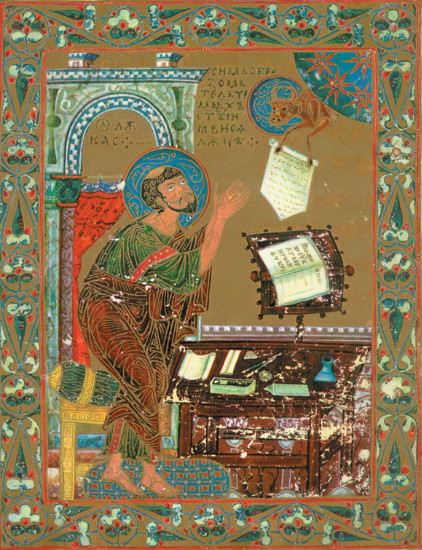
.jpg)
.jpg)
.jpg)
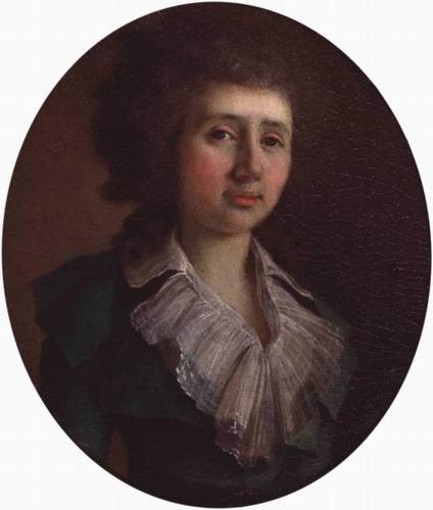
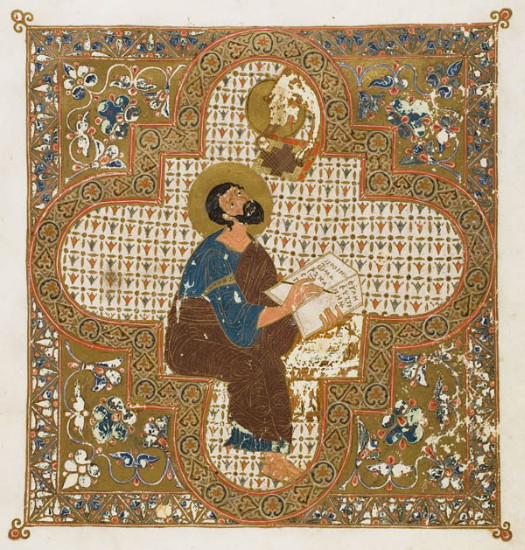
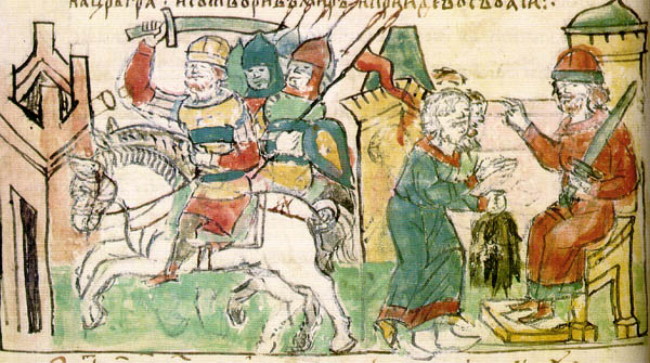
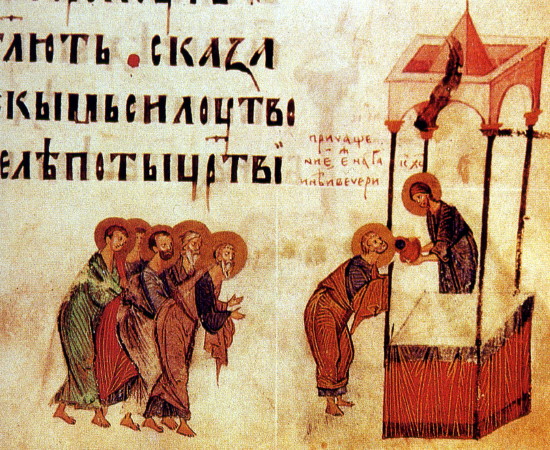
.jpg)
.jpg)
.jpg)